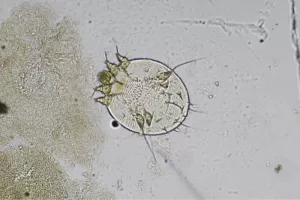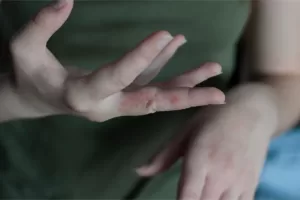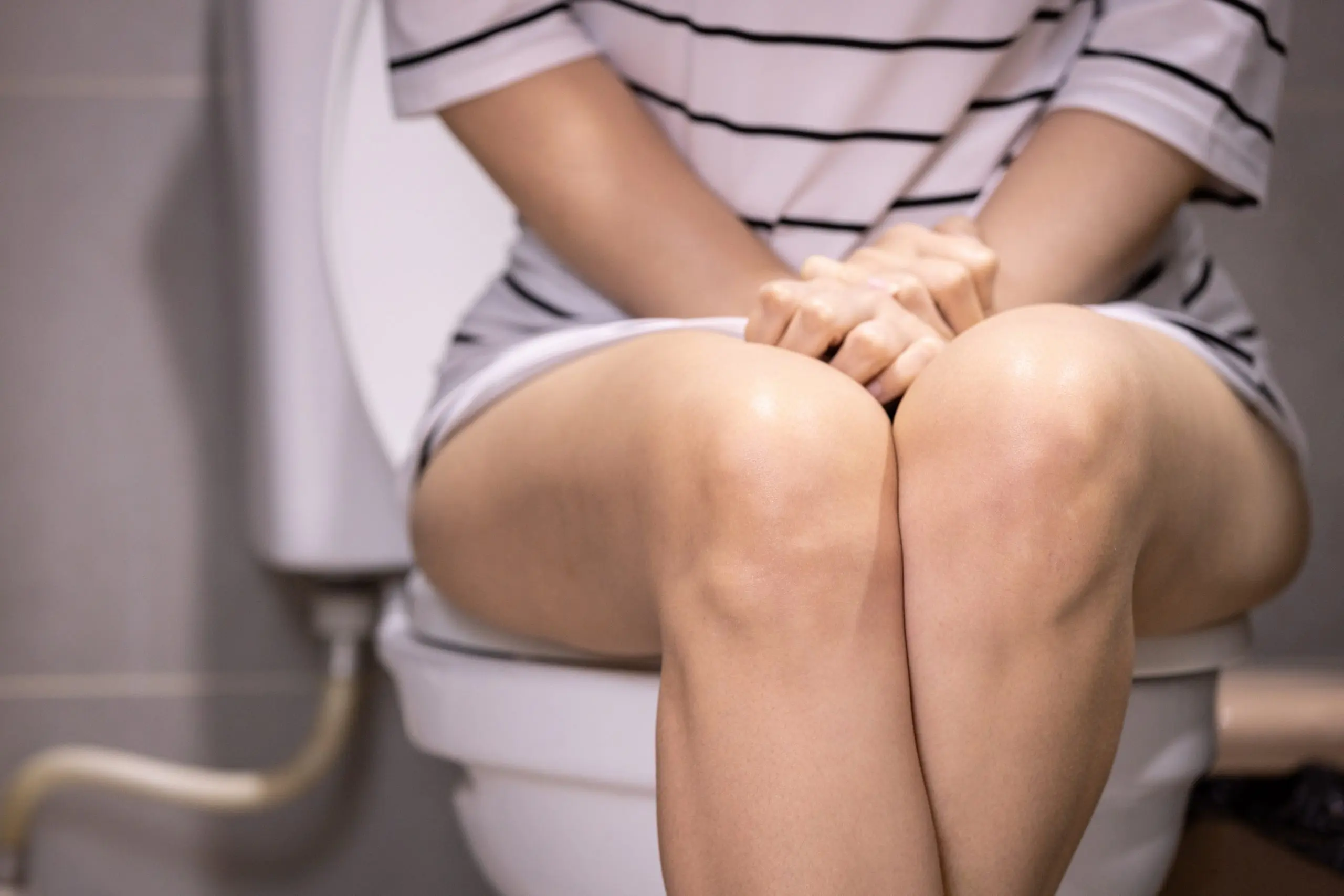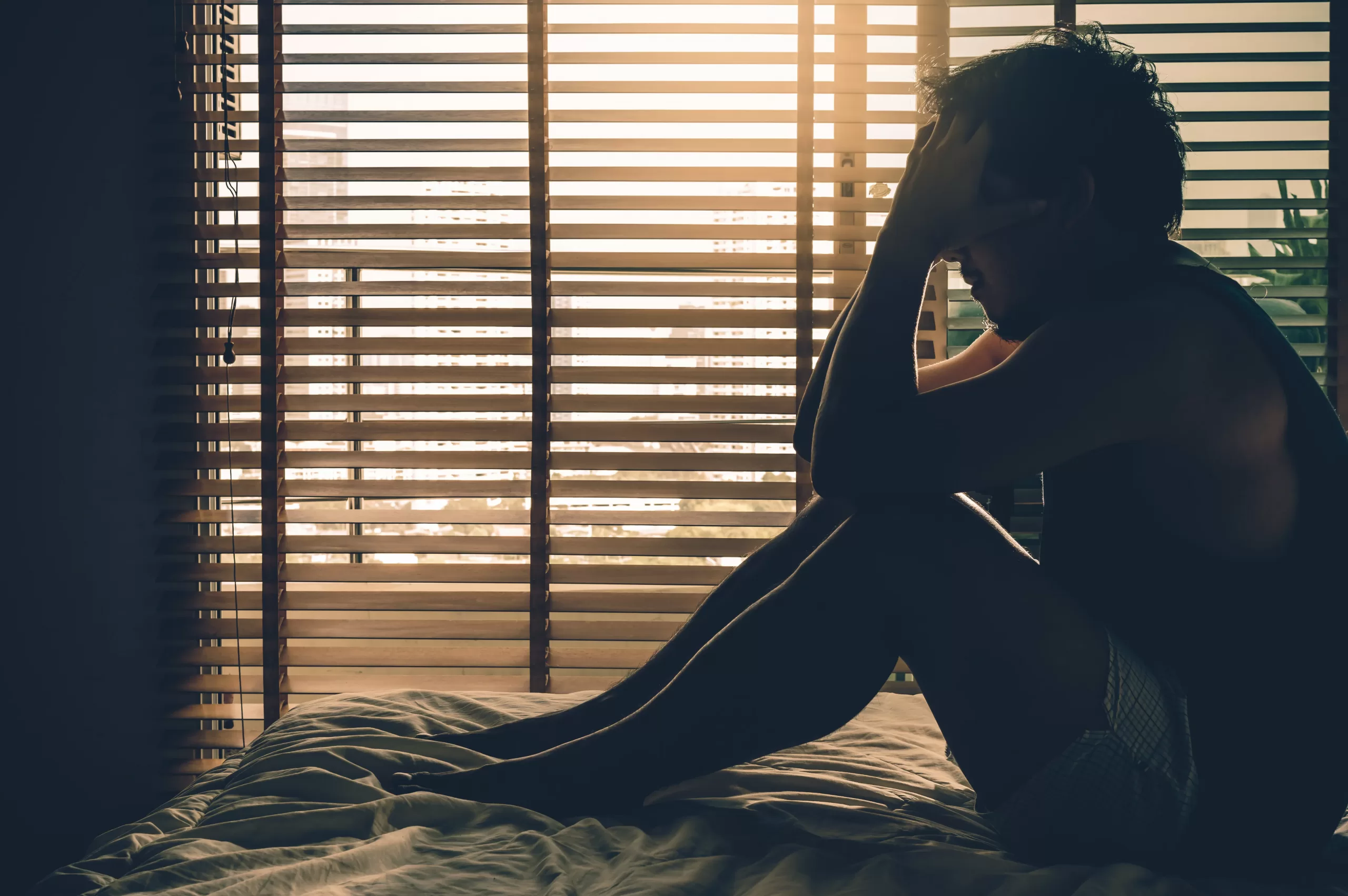Scabies- symptoms, diagnosis & treatment
Medically Reviewed by Dr Davinder Nagah
Last updated on 12.06.2024
What is Scabies?
Scabies is a highly contagious skin infestation, caused by a tiny mite, called Sarcoptes scabeii. Due to its small size (2-4mm), it’s difficult to see without magnification. The mites form burrows in the skin where they lay their eggs, leading to further mites and worsening infection. The main symptom of Scabies is an itchy rash, which is often worse at night. It is usually treated by topical lotions, though oral medication is sometimes used. In most cases it’s advised that close contacts within the household or shared accommodation should be treated at the same time.
How do people get Scabies?
Scabies is very contagious and is spread by skin to skin contact with an infected person, or by sharing bedding, towels, clothing or living space. This can be problematic where a living space or facility is shared by many people or brings people into prolonged close contact, such as schools, nursing homes, changing rooms and prisons.
What are the symptoms of Scabies? What does Scabies look like?
After being infected, it can take up to 6 weeks for symptoms of Scabies to show. If you’ve had scabies in the past, the rash may flare up more quickly if you’re infected a second time. The rash has the following features:
- It is an intensely itchy rash which can appear as small red bumps, hives or tiny blisters- there may also be burrows which look like small lines under the skin.
- However, some people may not get an obvious scabies rash- they may simply experience itchy skin.
- Most commonly affected areas include skin around joints such as elbows, wrists, armpits and between the fingers. However, other areas such as the trunk, buttocks, genital area, limbs, palms of the hands and soles of the feet may be affected.
- It’s less common for scabies to affect the head, neck and feet- but it may do in babies, the elderly or people with weakened immune systems.
- The rash is often most itchy at night, or after a hot bath or shower.
- Scratching may lead to sores which get infected with bacteria (leading to more inflamed, red and weeping lesions)
Different types of Scabies
There is only one type of scabies mite, but it can cause different patterns of infection in different people.
- Typical Scabies- the most common presentation, involving itchy rash on the hands, wrists, and other common areas but often not the scalp or face.
- Nodular Scabies- this presents as itchy, raised bumps on the skin, especially in the axillary (armpit) areas, genital area and/or groin
- Norwegian Scabies- Norwegian Scabies, also known as crusted scabies tends to happen in people who are immunocompromised (a weakened immune system), for example due to medications that weaken the immune system, chemotherapy or HIV/AIDS. It is a more severe and fare more contagious form of the infestation- thick crusts develop on the skin, containing thousands of eggs and mites.
Are Bed Bugs the same as Scabies?
No, bed bugs and scabies are two different things. Unlike Scabies, bed bugs can be seen with the naked eye. They come out at night to feed on human blood, then hide by day in the bed/soft furnishings etc.
A bed bug rash is usually just a red area around the site of the bite, but Scabies tends to cause a wider area of affected skin and burrows may be visible.
Bed bugs are often very difficult to eliminate and may require a professional exterminator.
However, as Scabies don’t survive long without human contact, if a person treats themselves, their family and their environment, the infestation will usually clear up.
How is Scabies diagnosed?
Usually a doctor will be able to recognise the symptoms of scabies and the typical appearance of the rash. If there is doubt, sometimes skin scrapings may be taken, to look at under a microscope.
What is the treatment for Scabies?
- The usual treatment for scabies involves a variety of ointments, creams, and lotions that can be purchased over the counter from a pharmacy.
- The whole body from the neck down needs to be treated- treatment should be applied overnight and can be washed off the following day. Usually it is advised to treat a second time, a week later.
- Antihistamines may be prescribed to treat itch.
- Antibiotic cream or tablets may be prescribed if the doctor thinks the lesions are infected with bacteria.
- Corticosteroid cream may also ease the itch.
- Hot showers or baths should be avoided until the rash is gone, as hot water can make the itch worse.
More aggressive treatment may be needed for severe or widespread scabies. An oral tablet can be prescribed by a doctor to people who:
- don’t see an improvement in symptoms after initial treatment
- have crusted scabies
- have scabies that covers most of the body
How quickly does treatment work?
- For the first week after treatment, it may seem like there’s not much improvement- the rash may even seem a little more irritated.
- After the first week, the symptoms of Scabies should start to settle down, though it is important to note that “post scabies itch” can last up to 4 weeks, even when the scabies mite has been cleared.
- Within about 4 weeks the skin should look and feel normal again- if the rash or itch is still there, further treatment may be required- the skin may still be infested with the Scabies mite.
- If there is bacterial infection of the lesions, topical or oral antibiotics may also be needed to get the rash to clear up. Crusty, inflamed or weeping skin may indicate secondary infection with bacteria such as Staphylococcus.
What else should be done to get rid of Scabies?
Unfortunately, it’s not just a matter of treating the infected person. Close contacts need to be treated too, and efforts need to be made to remove the mite from living spaces, to avoid reinfection (as scabies can last for 3-4 days on surfaces, clothing and bedding):
- Wash clothes, bedclothes and towels in a 50C hot wash, and then place in the dryer on the highest heat setting, ideally for 30 minutes.
- An alternative is to put clothes and other items in bags in the freezer for a few days.
- Thoroughly vacuum-clean carpets, floors, rugs and curtains etc- then discard the vacuum bag if there is one, and/or where possible disinfect the vacuum container and other attachments of the vacuum cleaner.
- Clean surfaces and floors with hot water and bleach
If you have symptoms of Scabies or any other undiagnosed rash, speak to your doctor or pharmacist.

Getting a Mental Health Care Plan in Australia: Your Guide
Getting a Mental Health Care Plan in Australia: Your Guide Mental health matters—and if you’re feeling overwhelmed, anxious, or down, a mental health care plan can help. But what is it, and how do [...]
UTI Symptoms and Treatment: What You Need to Know
UTI Symptoms and Treatment: What You Need to Know Urinary Tract Infections (UTIs) are common, uncomfortable, and often disruptive. But what exactly are the signs to watch for, and how can you get relief [...]
Free Mental Health Care Plan Online | Bulk-Billed by Qoctor
Free Mental Health Care Plan Online | Bulk-Billed by Qoctor Discover how to get a free, bulk-billed Mental Health Care Plan (MHCP) in Australia through Qoctor's telehealth service. Accessing [...]





